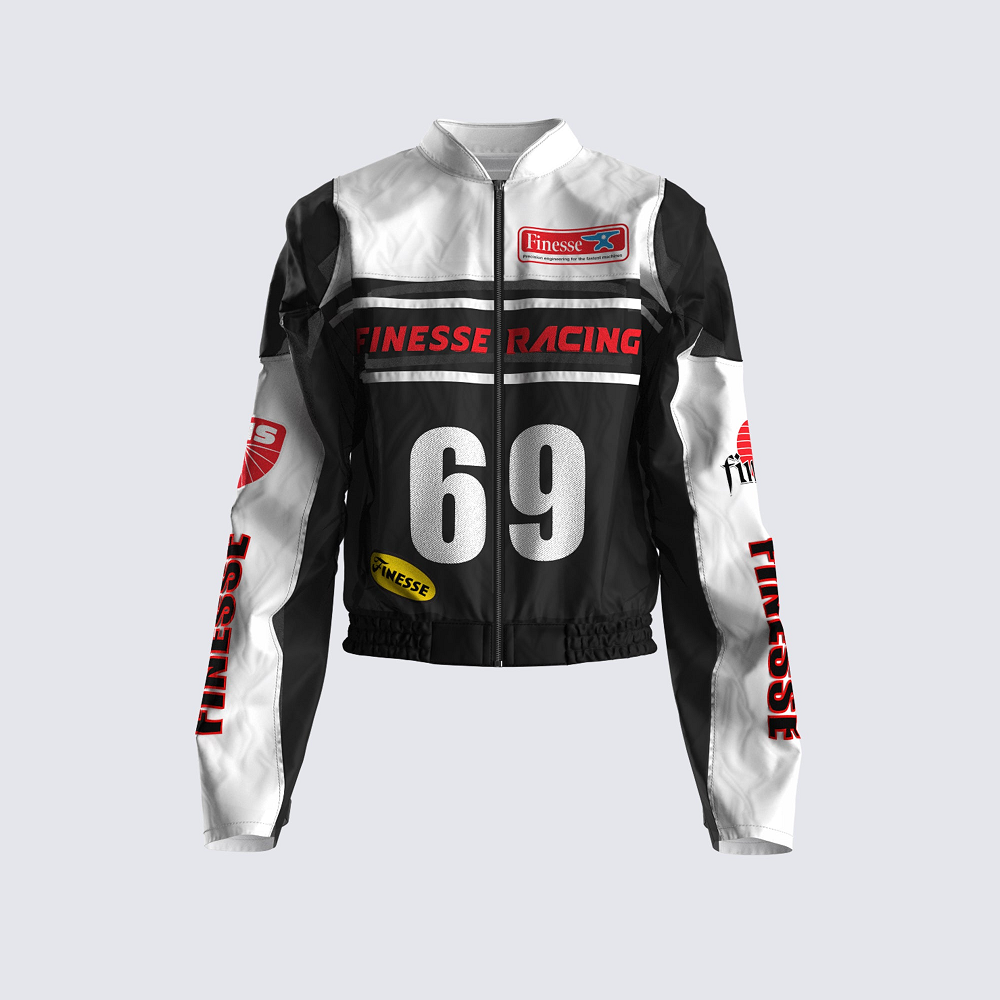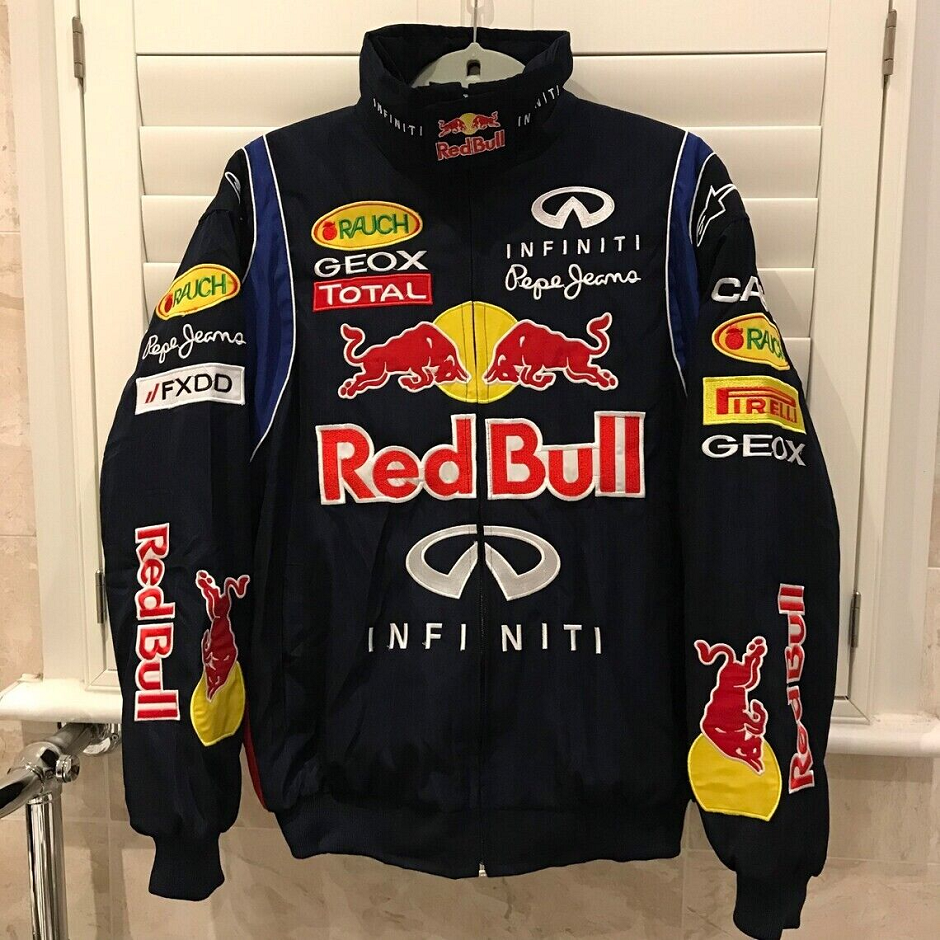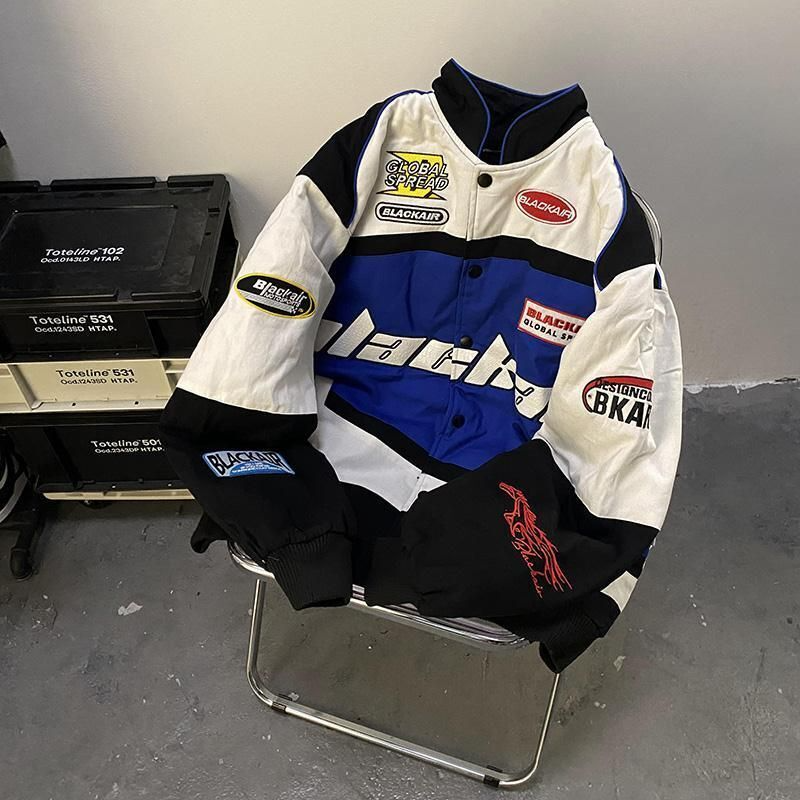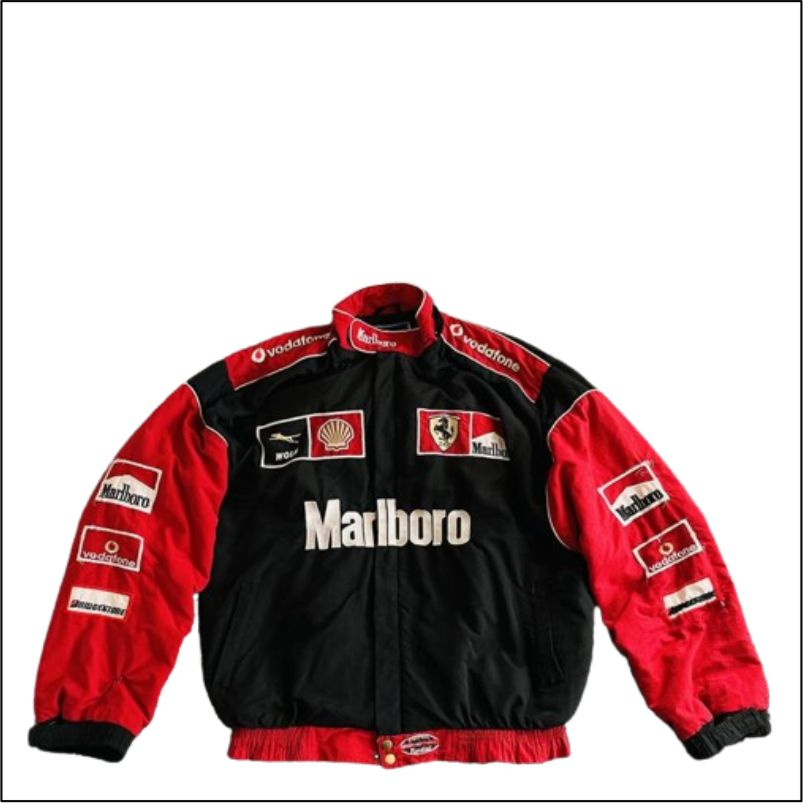Racing jackets have long been a symbol of speed, style, and adventure. They are more than just a piece of clothing; they represent a lifestyle that many aspire to. Designed for motorsport enthusiasts, these jackets offer a blend of safety, comfort, and aesthetics. In this article, we will explore various aspects of racing jackets, including their history, design elements, material technology, and their status as a fashion statement. By the end of this article, you’ll have a well-rounded understanding of why racing jackets are indispensable for both racers and fans alike.

History of Racing Jackets
The Origins of Racing Gear
The history of racing jackets can be traced back to the early 20th century. Back then, auto racing was still a relatively new sport. The risks were high, and safety gear was minimal. Early drivers often wore heavy leather jackets to protect themselves from the elements and minor injuries. These jackets were not designed with racing in mind, but they started setting the stage for specialized racing gear.
As motorsports gained popularity through the decades, the design of racing jackets evolved. During the 1950s and 1960s, fabric technology advanced significantly. Materials became lighter and more durable, allowing for better performance on the track. Drivers began to wear jackets that not only offered protection but also improved their aerodynamics. Brands recognized the potential for growth in this niche and started investing in research and design.
Iconic Racing Moments and Their Influence
Certain races and iconic moments have progressively shaped the design of racing jackets. For instance, the legendary Le Mans race contributed to the evolution of racing gear. Those events pushed the boundaries of speed and safety, resulting in innovative designs that more effectively protected racers. Drivers became celebrities, and sponsors started to brand their logos prominently on jackets, turning them into walking advertisements.
As racing grew more commercial, jacket design began to blend functionality with marketing. Names like Ferrari, Porsche, and Mercedes-Benz became synonymous with speed, and their jackets showcased their prestigious labels. The patterns, colors, and silhouettes of racing jackets began to reflect not just performance but also team loyalty and style. Fans wanted to wear what their heroes wore. This demand led to more stylish options for those passionate about the sport, influencing the designs of streetwear clothing.
Design Features of Racing Jackets
Materials that Matter
One of the standout features of racing jackets is the variety of materials used in their construction. Traditional leather jackets offer vintage appeal and durability. They provide a classic look that many fans love. However, modern racing jackets use advanced materials like nylon, polyester, and Kevlar. These fabrics offer superior flexibility and better abrasion resistance. The construction of modern racing jackets is often more streamlined, helping reduce drag for the racer.

High-visibility colors are also popular in racing jacket design. Bright reds, yellows, and fluorescent greens increase visibility on the track. These colors aren’t merely for aesthetics; they also serve an essential safety purpose. A brightly colored jacket can help a pit crew or officials quickly spot a driver in a crowded environment.
Functional Design Elements
Beyond materials, the design of racing jackets incorporates various functional elements that enhance performance. Many jackets feature ventilated panels for airflow, keeping drivers cool during intense races. Adjustable cuffs, hems, and collars also help ensure a snug fit, allowing maximum maneuverability. Pockets for storage are strategically placed, allowing drivers to carry essential items without hindering their performance.
Reflective strips are another common feature. These enhance safety during night races or lower visibility conditions. Padded areas protect vital parts of the body, such as the elbows and shoulders. All of these design details contribute to a jacket that offers functionality without sacrificing style.
The Racer’s Perspective
Comfort and Mobility
For a racer, comfort is paramount. Racing is not just about speed; it involves intense concentration and quick reflexes. Therefore, a racing jacket must allow for freedom of movement. Many drivers report that poorly designed jackets can be a distraction. If a jacket restricts arm movement, it can impact their ability to steer effectively.
Over the years, manufacturers have consulted with professional racers to improve jacket designs. They aim for jackets that feel like a second skin. Stretchable materials and articulated elbow designs are examples of advancements made in this area. The goal is to create a racing jacket that doesn’t distract the driver but enhances their performance instead.
Weather Challenges
Weather conditions also influence the choice of racing jackets. A driver may find themselves racing under torrential rain one day and blistering sun the next. Manufacturers have started to recognize this challenge by creating jackets that are both waterproof and breathable. Breathable liners wick moisture away, keeping the driver comfortable under varying conditions. These features highlight the importance of versatile design elements in racing jackets.
The Impact on Fashion
Racing Jackets as Fashion Statements
Beyond their functional uses, racing jackets have made a significant impact on fashion. Over time, they have transitioned from being solely performance-based gear to items of street fashion. Many people, whether they race or not, want to own a racing jacket because of its aesthetic appeal. Fashion designers often look to racing jackets for inspiration, incorporating elements such as bold colors, logos, and unique stitching into their collections.
Brands like Alpinestars and Dainese have bridged the gap between motorsport and fashion. They offer racing jackets that look great while still delivering high performance. Collaborations with famous designers have led to limited edition jackets that appeal to both racing enthusiasts and fashionistas alike.
Cultural Significance
Racing jackets also represent culture. Once reserved for the track, they have found their way into everyday wardrobes. Icons like Steve McQueen popularized the racing jacket in cinema, etching its image into pop culture. Today, one can see celebrities and influencers sporting racing jackets at various events, further cementing their status as a staple in the fashion world.
In this way, a racing jacket can signify not just a love for motorsports, but also an appreciation for style and culture. It becomes more than just clothing; it transforms into a statement piece that reflects the wearer’s personality and interests.
Purchasing a Racing Jacket
Choosing the Right Fit
When it comes to purchasing a racing jacket, fit is crucial. A proper fit ensures comfort and effectiveness on the track. It’s essential to consider the size and cut that best suits your body type. Many brands offer sizing charts, and trying on jackets before buying is advisable if possible. Understanding personal preferences regarding tight or loose fits can also make a significant difference in comfort and style.
Investing in Quality
Investing in a high-quality racing jacket pays off in the long run. Cheaper options may save money initially, but they often do not provide the durability or protection necessary for serious racing enthusiasts. High-quality jackets use superior materials and craftsmanship. They also undergo rigorous testing standards, ensuring they can withstand the elements and wear over time.
Prioritizing features such as breathability, moisture-wicking capability, and safety enhancements supports a wise and informed purchasing decision. Many brands also offer warranties, reflecting their confidence in product longevity.
Maintenance and Care
Keeping Your Jacket in Top Condition
To ensure your racing jacket remains in good condition, regular maintenance is essential. Proper care extends the lifespan of the jacket and keeps it looking great. Start with routine cleaning. Always check the care label for cleaning instructions. Some jackets can be machine washed, while others might require hand washing or professional cleaning.
Storage Tips
In addition to cleaning, proper storage is crucial. Keep your jacket in a cool, dry place. Hanging it on a padded hanger helps maintain its shape. Avoid folding or crumpling, as this can cause creases or damage. Keep it away from direct sunlight to prevent fading. Following these steps preserves the look and functionality of your racing jacket for years to come.
Conclusion
Racing jackets are more than just apparel; they symbolize a passion for speed, style, and performance. Their history spans decades, evolving from basic leather jackets to advanced, multifunctional gear suited for both professional racers and fans. With thoughtful designs and high-quality materials, racing jackets balance safety and performance with modern fashion.
Whether you’re a seasoned racer or a casual enthusiast, understanding the importance of a racing jacket can elevate your enjoyment of the sport. These jackets serve as a bridge between the high-octane world of motorsports and everyday life, making them a valuable addition to any wardrobe. Investing in a quality racing jacket means investing in a piece of history, innovation, and style. As you explore the world of racing apparel, keep these elements in mind to make the best choice for your needs and preferences.



